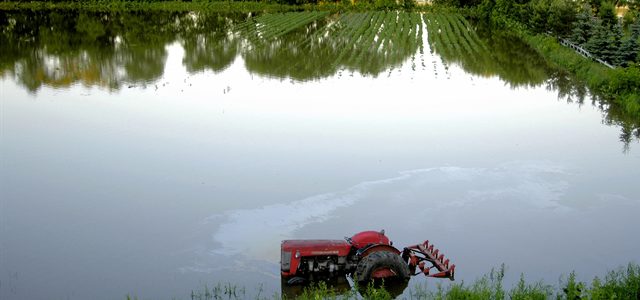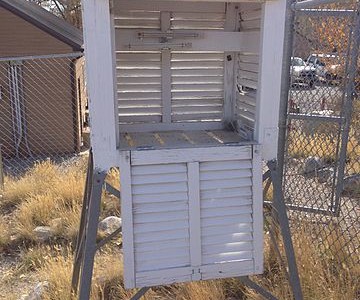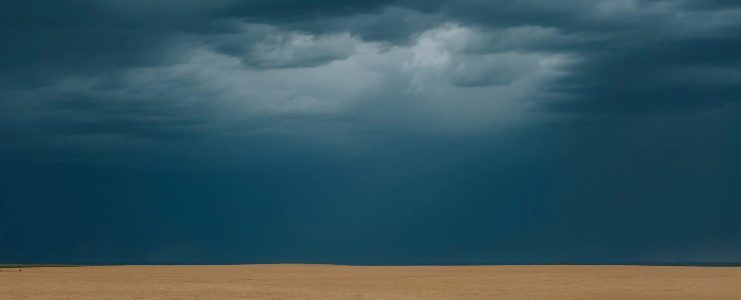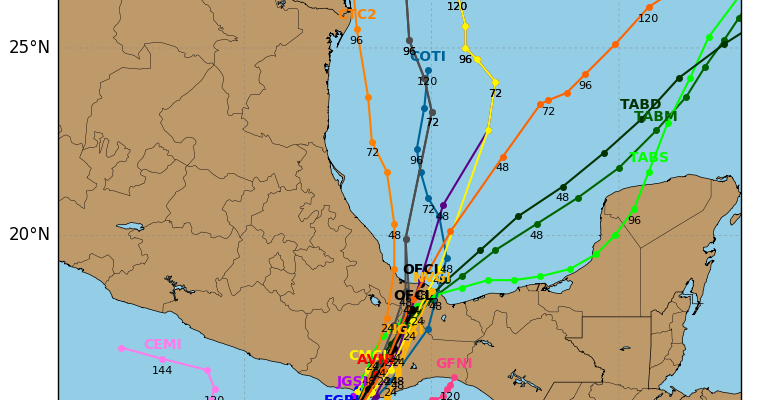Uncategorized
-

Do you have a story about the value of federal climate data to your work that you are willing to share? Scientists are compiling stories about how valuable the climate centers, the USDA Agricultural Statistics Service, the Drought Monitor and other federal agency products are to your activities as a farmer, extension agent, or agribusiness…
-

Here’s an inspiring story about a family of weather observers in Edenton NC who have been serving as cooperative observers for the National Weather Service for the last 120 years! Climatologists depend on help from dedicated volunteers like this family to provide long-term reliable and consistent observations of weather which can show us trends and…
-

As a meteorologist, I hear frequent jokes about having a job where you can be wrong most of the time and still get paid. It might surprise you to know that weather forecasts have improved dramatically in recent years due to a combination of more observations (mostly from satellites), larger and improved computer models, and…
-

While I don’t often talk about politics in this blog, after this week I think it is important to address climate change and its impacts on agriculture and why so many scientists are so worried about what is going to happen to our climate in the future. I know from experience at many meetings that…
-

As summer temperatures across the Southeast continue to rise as they have since the 1970s, exposure of outdoor workers to conditions favorable for heat stress is also increasing. If you have workers that spend a lot of time out in the heat, you are most likely already encouraging them to take breaks in the shade,…
-

Today is the beginning of the Atlantic Tropical Season. In June, most of our storms, if they form, are likely to come from the Gulf of Mexico or along the East Coast. But we may actually get our first storm of the official season (remember, TS Arlene came and went very quickly in April) from…
-

If you ever have to provide risk assessments for your county or city and need tornado information, this web site might help you identify historical tornadoes in your area. It’s from the Midwestern Regional Climate Center but includes information for all of the United States. It seems pretty straightforward to use. You can see it…